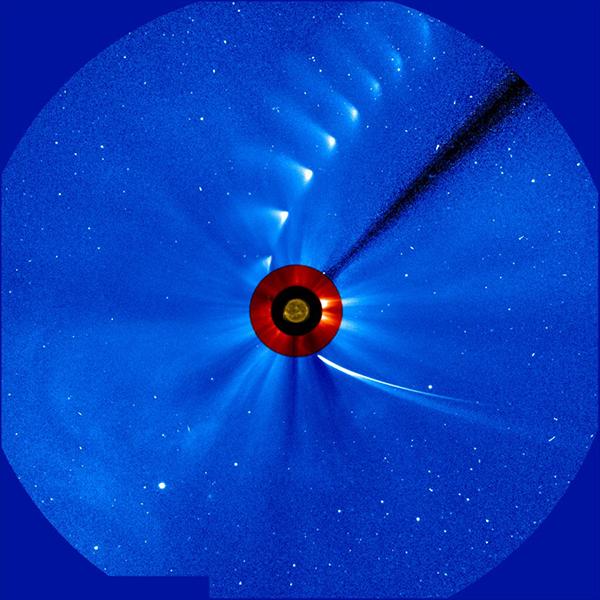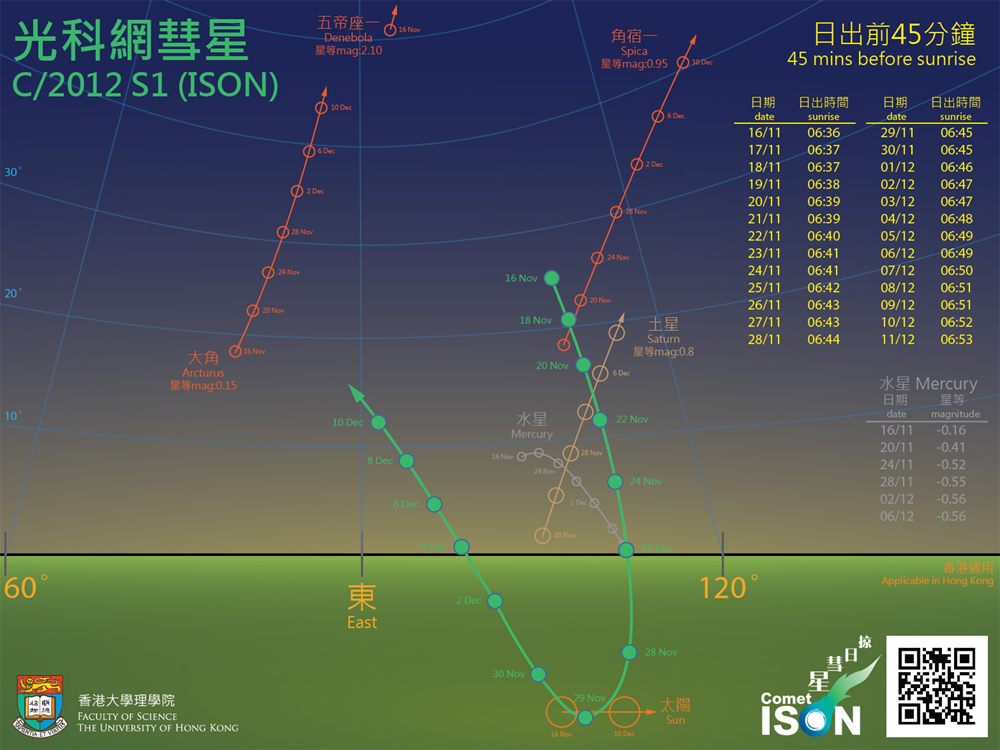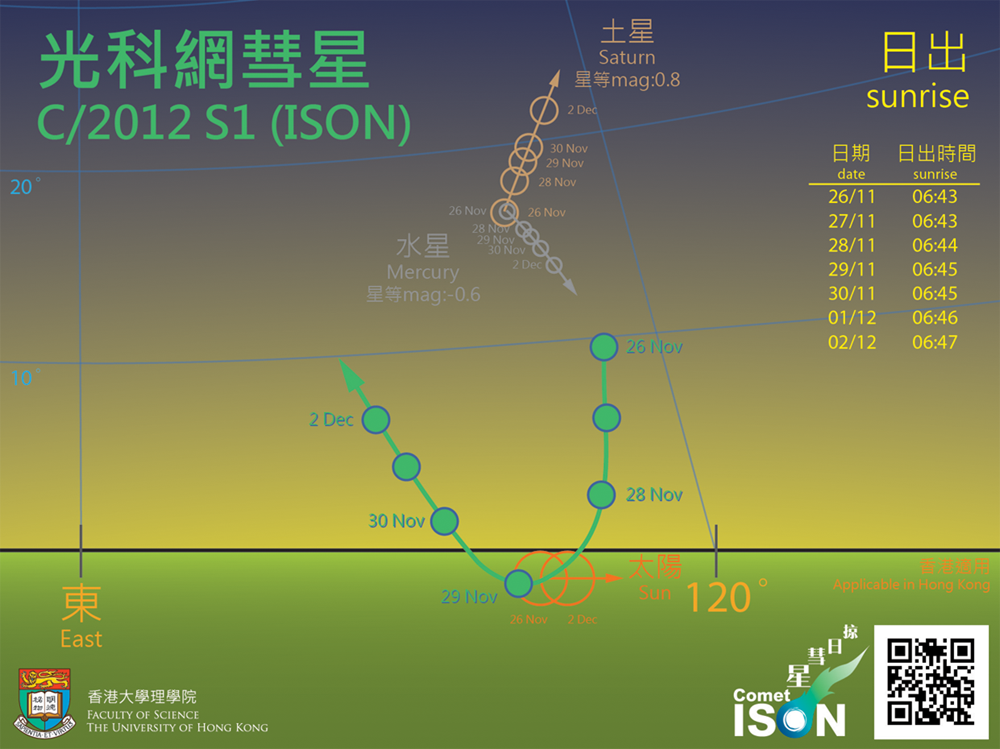 Web Content Display
Web Content Display

Comet
 Web Content Display
Web Content Display
 Web Content Display
Web Content Display
Comets are mainly composed of ice, dust and rocks. When they approach the Sun, they heat up and emit gas. The gas surrounding the comet is called the coma, and sometimes these gasses also form a long tail, called the comet tail. Most comets have elliptical orbits. These comets stay away from the Sun most of the time. The famous Halley's Comet is a comet that can be observed on Earth with naked eyes.
 Web Content Display
Web Content Display
C/2020 F3 (NEOWISE) is a long-period comet with an orbit almost parabolic. It was discovered on 27 March 2020 by the Wide-field Infrared Survey Explorer (WISE) space telescope during the NEOWISE mission. At that time, NEOWISE was located 2.1 AU away from the Sun with a magnitude around 17, which was not visible to naked eyes. In June 2020, NEOWISE was approaching the Sun gradually, its magnitude increased from around 7 to 2 in just a few weeks and it became visible at night without needs for instruments such as telescopes. NEOWISE passed the perihelion on 4 July 2020, in 0.27 AU away from the Sun with a magnitude close to 0.0. It is the brightest comet in the northern hemisphere since Comet Hale–Bopp in 1997.
 Web Content Display
Web Content Display

C/2012 S1, also called Comet ISON, was discovered on 21 September 2012 by a telescope of the International Scientific Optical Network. It was found at a distance outside the orbit of Jupiter with a star magnitude of about 18.8. Astronomers predicted that it would pass the perihelion on 28 November 2013 (UT), skimming the Sun's surface at a mere distance of 1.2 million kilometres (about 2.7 solar radii). The initial estimation of the star magnitude of the comet at perihelion given by The Minor Planet Center of the International Astronomical Union was a jaw-dropping -14, surpassing that of the full moon (magnitude -12.8). A comet of such brightness is very rare. Therefore, Comet ISON has once been hailed the "Comet of the Century".
However, the brightness of Comet ISON increased less quickly than expected. According to the prediction, it would be the brightest around perihelion at a star magnitude of around -4 to -6. Although the comet was brighter than any star in the sky by then, it was too close to the Sun and could hardly be seen unless an extremely long and bright comet tail appears.
Comet ISON can only be seen before sunrise. This image shows the position of the comet in the sky near the perihelion.


Comet ISON is at its brightest around 28 or 29 November. But as it is too close to the Sun, do NOT try to observe the comet nucleus at this time. Otherwise, the observer's eyes will be damaged by the intense sun glare. A bright comet tail may appear when the comet is near perihelion.
At last, during the passage to the perihelion on 28 November 2013, the comet broke up under the immense heat and tidal force from the Sun. Although the leftovers had once brightened up, they faded finally and did not live up to people's expectations as a great comet. Nonetheless, the comet had shed new light on the inner workings of this mysterious celestial body.
